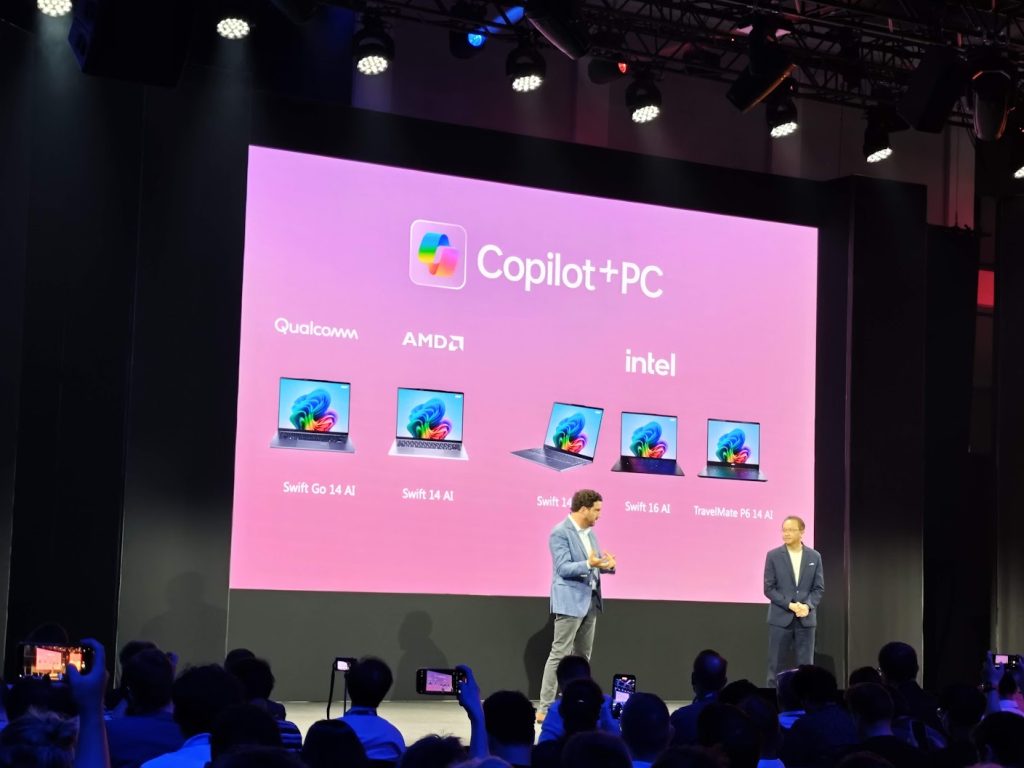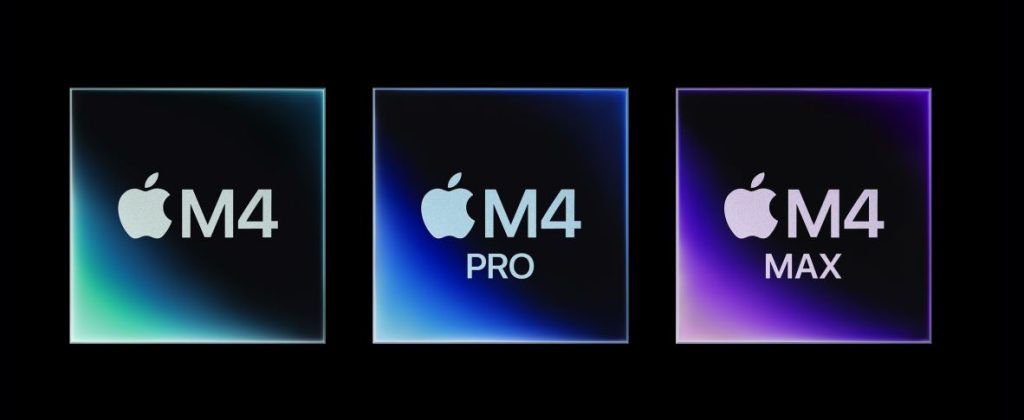Rivalries are a normal part of human life, and few examples are better than the competition between Intel and AMD. Both companies build CPUs, the hardware that serves as the brain of many computers. Both have passionate fans, who are happy to argue endlessly online about why this billion-dollar company is better than that other billion-dollar company.

Thanks to strong marketing like the famous “Intel Inside” campaign, and groundbreaking advances, Intel became a household name in the 1990s as the CPU maker. Techie Filipinos were also proud of Intel’s factories in Makati and Cavite (both of which closed down in 2009).
In the last decade however, AMD innovated its way out of being, for the much less considerate, the skwating CPU option. While Intel’s CPU market share still doubles its rival’s, most reviewers recommend AMD across-the-board, with Intel winning honorable mentions as a good budget option. It’s as if Pepsi suddenly flipped the script against Coke.
Both trajectories have done nothing to curb the online flame wars, as posts highlighting Intel- or AMD-related developments still trigger non sequiturs and ad hominems, with a sprinkling of genuine discussion hidden somewhere.
Recently however, both AMD and Intel announced that they were collaborating to form an “x86 advisory group.” What is this group, and why are two long-time rivals working together on it?
Children of the x86
Most Filipinos who grew up with DOS or Windows PCs used computers that ran on the x86 “architecture”, which is a fancy way that describes how computer parts are built and connect to each other. Computer hardware built for one architecture isn’t compatible with another, because how the CPU is built usually defines how the rest of the computer should work.
x86 CPUs were first built by Intel back in 1979, kicking off a steady stream of improvements. Older Filipino computer users are probably familiar with the “286”, “386”, and “486” CPUs, which were newer versions of the original 8088 Intel CPU that launched the architecture (Intel dropped the -86 naming scheme when they released the Pentium CPU).
The ARM race
AMD (Advanced Micro Devices) entered the x86 game first as a “second-source” manufacturer for Intel, producing Intel CPUs under a cross-licensing agreement to ensure supply for customers. When it started selling its Am386 clone of the 386 in 1991, it became a direct competitor.
But of course not everyone developed x86 hardware. After winning a government educational contract in the early 1980s, Acorn Computers in the UK launched the BBC Micro, a computer that dominated the British educational PC market. The Micro’s success allowed Acorn to explore the growing business PC market, and they defined a new architecture called ARM to compete against Intel-powered computers.
ARM chips are designed to be as simple as possible, at least relative to their x86 counterparts. This lets them have better performance while consuming less power and costing less to manufacture. The early ARM2 even outperformed some variants of Intel’s 386.
Before it went defunct in 1999 after failing to convince enough software makers to commit to ARM, Acorn formed a joint venture called Arm holdings in 1990, with Apple and a computer hardware maker named VLSI Technology. Arm Holdings achieved growing success as smartphone manufacturers realized that ARM chips were perfect for devices that had to do a lot while running on batteries.
Manufacturers like Qualcomm acquired licenses from Arm Holdings and started a neverending quest to make more powerful smartphones. As x86 CPUs started consuming more and more power when running at max performance, ARM chips became less power-intensive even as their performance reached new heights.

Laptop makers, also concerned with energy efficiency, started exploring ARM as an alternative. Apple completed a switch to the ARM in 2023. Even their desktop computers today run on that architecture, while their laptops are market-leaders in battery life and performance.
Microsoft, the company behind Windows, started exploring ARM as an option for their Surface laptops. There were a few struggles along the way, but the latest Windows ARM laptops look very promising. Microsoft has made it easy for x86 software to run on ARM.
In short, the recent announcement of an x86 advisory group is a clear indicator that, after dominating smartphones, ARM is starting to make an impact on laptop and desktop computers. As of 2024, 11% of all Windows PCs run on that architecture.
I’m writing this article on a MacBook Pro that runs on an ARM chipset. It’s possible that I’ll start looking at ARM-powered hardware when I want to buy a new gaming PC in the next decade. While nothing is set in stone, ARM is definitely carving into the x86 PC market share, affecting the bottom line of both Intel and AMD.


